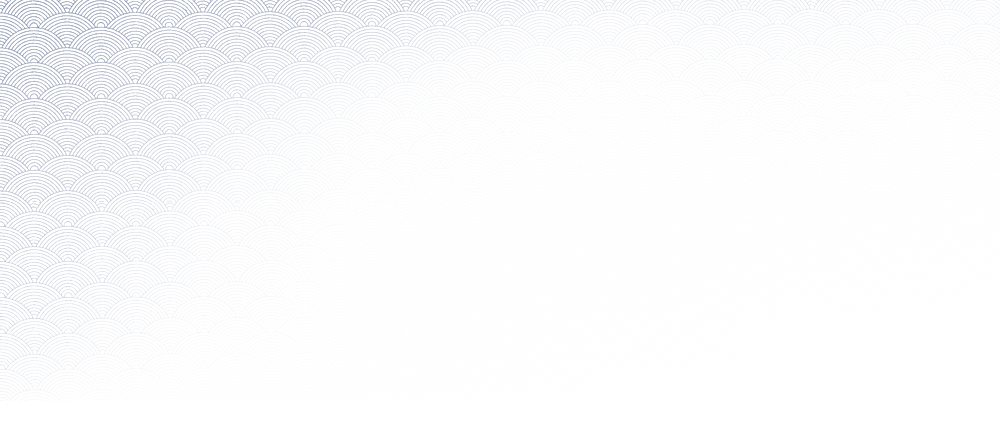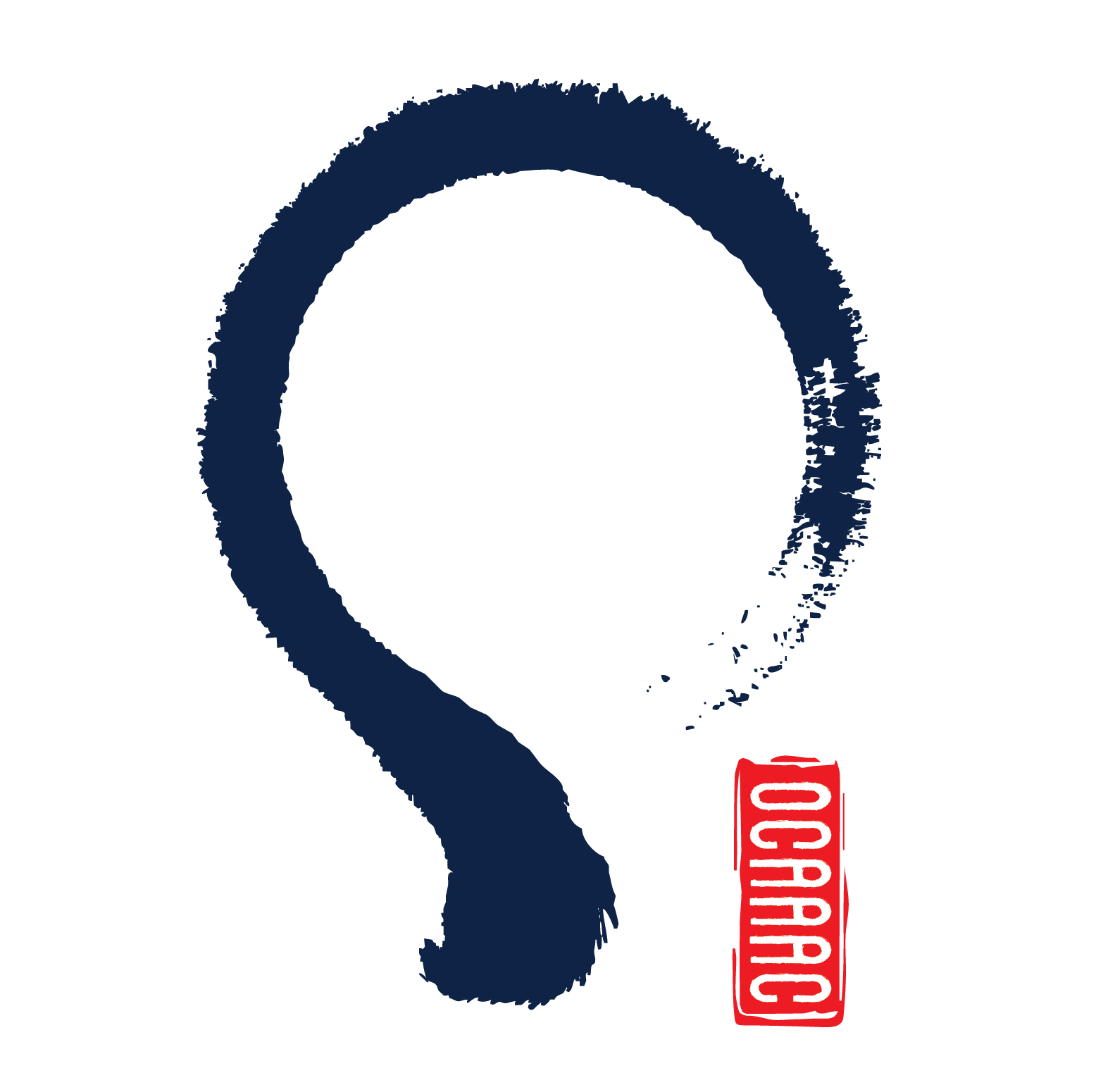

OCAAAC Occasional Lecture Series
Song Ceramics
Dr Shelagh Vainker
Ashmolean Museum
Monday 4th March 2019, 16.30–17.30
Institute of Archaeology, 36 Beaumont Street, Oxford
Crossing Paths: Millet, Wheat and Cultural Interactions along the Inner Asian Mountain Corridor, China
Wang Tingting
Sun Yat-sen University; Needham Research Institute
Monday 25th February 2019, 16.30–17.30
Institute of Archaeology, 36 Beaumont Street, Oxford
Cantonese Ivory Spheres: Raw Materials, Techniques and Knowledge in a Global Context
Prof. Shih Ching-fei
National Taiwan University; Needham Research Institute
Monday 18th February 2019, 16.30–17.30
Institute of Archaeology, 36 Beaumont Street, Oxford
Cultural Heritage Management and Content Utilization with Digital Archaeology
In-Hwa Choi
University of Oxford
Monday 4th February 2019, 16.30–17.30
Institute of Archaeology, 36 Beaumont Street, Oxford
Middle Eastern Potters’ Responses to Chinese Trade Wares, 9th to 14th c. AD
Prof. Nigel Wood and Dr Chris Doherty
University of Oxford
Monday 21st January 2019, 16.30–17.30
Institute of Archaeology, 36 Beaumont Street, Oxford
The spread of rice agriculture in North-eastern Asia: From Shandong to Japan via the Korean Peninsula
Prof. Kazuyo Miyamoto
Kyushu University
Thursday 17th January 2019, 17.00–18.30
Institute of Archaeology, 36 Beaumont Street, Oxford
Antiquity Resurfaced: A Critical Reflection on the use of Unprovenienced Manuscripts for the Study of Early China
Prof. Dirk Meyer
University of Oxford
Monday 14th January 2019, 16.30–17.30
Institute of Archaeology, 36 Beaumont Street, Oxford
Highlights of Chinese bronzes in the British Museum collection: a technical study
Dr Quanyu Wang
British Museum
Monday 12th November 2018, 16.30–17.30
Institute of Archaeology, 36 Beaumont Street, Oxford
Trade, barter and personal possession: the function and meaning of Indian Ocean ceramic assemblages
Dr Roberta Tomber
British Museum
Monday 5th November 2018, 16.30–17.30
Institute of Archaeology, 36 Beaumont Street, Oxford
State Archaeology and Private Museums in China: An integrated approach to archaeological site management for the locals
Dr weiQiaowei
Shanghai Huniversity
Monday 19th November 2018, 16.30-17.30
Institute of Archaeology, 36 Beaumont Street, Oxford
Exploring agricultural pathways in Southwest China: archaeobotanical material from early sites in Yunnan
Rita dal Martello
UCL
Monday 29th October 2018, 16.30–17.30
Institute of Archaeology, 36 Beaumont Street, Oxford
Archaeological ceramics in Chinese trade and diplomacy: the possibility and significance of a holistic approach
Dr Baoping Li
UCL
Monday 8th October 2018, 16.30–17.30
Institute of Archaeology, 36 Beaumont Street, Oxford
A technical study of ceramics from the Qijia Culture (c. 2200-1600 BCE) of Northwest China
Ms Elizabeth La Duc
UCL
Friday 15th June, 14.00–15.30
Institute of Archaeology, 36 Beaumont Street, Oxford
The Beginnings of Sheep Husbandry in Western China
Dr Yiru Wang
University of Cambridge
Monday 23rd April 2018, 16.30–17.30
Institute of Archaeology, 36 Beaumont Street, Oxford
Social Structure of Prehistoric Marine Hunter-Gatherer Culture in Northern Japan: A Case Study of Okhotsk Culture
Prof. Hirofumi Kato
Hokkaido University
Monday 15th March 2018, 16.30–17.30
Institute of Archaeology, 36 Beaumont Street, Oxford
The production of Chinese bronze mirror “copies” of the 5th century found in Japan: a historical perspective
Prof. Jun'ichiro Tsujida
Kyushu University
Friday 2nd March 2018, 14.00–15.00
Institute of Archaeology, 36 Beaumont Street, Oxford
Fruits of the Silk Road
Dr Robert Spengler
Max-Planck-Institut, Jena
Monday 19th February 2018, 16.30–17.30
Institute of Archaeology, 36 Beaumont Street, Oxford
How Nomadic were the Eurasian Nomads?
Dr Robert Spengler
Max-Planck-Institut, Jena
Monday 19th February 2018, 13.00–15.00
Institute of Archaeology, 36 Beaumont Street, Oxford
Heterarchical Social Organization in Proto-Historic Central Korea (c. 100 BCE - 300 CE): Textual and Archaeological Evidence from Mahan
Dr Hari Blackmore
University of Cambridge
Monday 12th February 2018, 16.30–17.30
Institute of Archaeology, 36 Beaumont Street, Oxford
Bioarchaeological Research of a Ritual Landscape in the Upper Orkhon Valley: Emerging Diversity of Funerary Practices in the Bronze and Early Iron Age
Prof. Ursula Brosseder
Bonn University
Monday 5th February 2018, 16.30–17.30
Institute of Archaeology, 36 Beaumont Street, Oxford
Studying Making: Traditional Japanese (Anagama) Kilns as a Created Field-Study Site at Oxford
Dr Robin Wilson
University of Oxford
Monday 29th January 2018, 16.30–17.30
Institute of Archaeology, 36 Beaumont Street, Oxford
Burial Caves South of the Yangzi River: Highland Routes and Frontier Communities at the Fall of the Han Empire (2nd to 3rd century CE)
Dr Lia wei
Renmin University
Thursday 25th January 2018, 16.30–17.30
Institute of Archaeology, 36 Beaumont Street, Oxford
Keep calm and carry on: How to renovate the longest gallery of the British Museum in 2 years
Dr Yi Chen
British Museum
Monday 22nd January 2018, 16.30–17.30
Institute of Archaeology, 36 Beaumont Street, Oxford
Elite Burial Complexes and Early Riders: The Emergence of Inner Asian Nomadic Culture (1000-500 BC)
Dr Konstantin Chugunov
State Heremitage Museum St Petersburg
Monday 15th January 2018, 16.30–17.30
Institute of Archaeology, 36 Beaumont Street, Oxford
Violence among the ancient hunter-gatherers of Japan: Jomon skeletal trauma and the excavation on Rebun Island
Ms Izumi Braddick
University of Oxford
Monday 27th November 2017, 16.30–17.30
Institute of Archaeology, 36 Beaumont Street, Oxford
Prof. Vibha Tripathi
Dept. of Ancient Indian History Culture & Archaeology, Banaras Hindu University
Tuesday, 21st November 2017, 16.30–17.30
Institute of Archaeology, 36 Beaumont Street, Oxford
Romans in China: Archaeology, Popular Culture and Scholarly Myth
Dr Rachel Mairs
University of Reading
Monday 13th November 2017, 16.30–17.30
Institute of Archaeology, 36 Beaumont Street, Oxford
Early Metallurgy in Northwest China: Chronology, Technology and Isotopes
Dr Kunlong Chen
Beijing University of Science and Technology; UCL
Monday 6th November 2017, 16.30–17.30
Institute of Archaeology, 36 Beaumont Street, Oxford
Forging and Reforging Identity: Assessing the Emergence of Lateral Niche Grave Practices at Yanghai in the Turfan Basin
Dr Ilse Timperman
SOAS
Monday 9th October 2017, 16.30–17.30
Institute of Archaeology, 36 Beaumont Street, Oxford
Urban archaeology at the edge of the Islamic world: unpicking the structure of medieval frontier towns in the Caucasus and Central Asia
Dr Paul Wordsworth
Faculty of Oriental Studies, University of Oxford
Monday 20 February 2017, 16.30–17.30
Institute of Archaeology, Lecture Room
Rus on the Upper Volga: Archaeological Perspectives on Settlement, Identity and Power in the Viking and Post-Viking Age
Prof. Nikolai Makarov
Institute of Archaeology, Russian Academy of Sciences
Wednesday 22 February 2017, 16.00–17.00
Institute of Archaeology, Lecture Room
Tectonic Archaeology in Japan: disaster archaeology based in geological processes
Professor Gina Barnes
Department of the History of Art and Archaeology, School of Arts, SOAS
Monday 27 February 2017, 16.30–17.30
Institute of Archaeology, Lecture Room
Technological innovation and conservatism in Iron Age ceramics from southern Europe
Dr Michela Spataro,
British Museum
Sunday 05 March 2017, 16.30–17.30
Institute of Archaeology, Lecture Room
Transporting the Fragile: Chinese Han Dynasty Lacquer Boxes on the Crimean Peninsula
Dr Margarete Prüch
Institute of East Asian Art History, University of Heidelberg
Monday 16 January 2017, 16.30–17.30
Institute of Archaeology, Lecture Room
The Emergence of Empires in the Steppe—Local Politics and the Adoption of Empire in the Gobi Region—Noble Nomads: The Role of Peripheral Pastoral Polities in the Making of the Xiongnu Empire
Drs Joshua Wright and Bryan Miller
University of Aberdeen and Rothmere American Institute (Oxford)
Monday 14 November 2016, 16.30–18.30
Institute of Archaeology, Lecture Room
Social Practice and the Exchange of Metals and Metallurgical Knowledge in Central Asia during the 2nd Millennium BC
Prof. Dr Thomas Stöllner
Institute of Archaeological Studies, Ruhr-Universität Bochum
Friday 24 June 2016
Transhimalayan migrations in the High Himalayas, 3000-1500 BP
Prof. Mark Aldenderfer
University of California, Merced
Wednesday 15 June 2016
Approaching Eurasia: The Dynamics of Connectivity
Prof. Sir Barry Cunliffe
Institute of Archaeology, University of Oxford
Wednesday 08 June 2016
Organic Residue Analysis of Pottery in East Asia: Recent Debates and New Challenges
Shinya Shoda
Marie Curie Research Fellow in University of York
Researcher in Nara National Research Institute for Cultural Properties, Japan
Friday 03 June 2016
Art in the Eastern Steppe: The Okunev Culture (2500–1800 BC)
Dr. Yury Esin
Khakassian Research Institute for Language, Literature, and History
Monday 09 May 2016
The Golden Horde
Dr. Leonard Nedashkovsky
Department of Archaeology and Ethnology, Kazan University (Russian Federation)
Wednesday 16 March 2016
The Rise of the Pre-Silk Roads: Migration and Interaction in the Eurasian Steppe and Northwestern China (from the 4th Millennium BC)
Prof. Li Shuicheng
Peking University
Friday 04 March 2016
Mongolia's Archaeological Heritage: Old and New Approaches to Understanding "Nomadic" Empires
Prof. Daniel Waugh
University of Washington
Wednesday 15 February 2012
The Evolution of the technology of jade carving in China
Margaret Sax
British Museum
Wednesday 29 February 2012
William Gowland and the art of the great mounded tombs in Japan
Dr Simon Kaner
Sainsbury Institute, Norwich
7 Mar 2012
The Sintashta-culture and the metallurgy of Eurasian steppe
Prof. Dr. Rüdiger Krause
Goethe-University
2 May 2012
Chinese Export Ceramics in Southeast Asia and the Philippines: How it looked fifty years ago
Prof. Michael Sullivan
University of Oxford
Wednesday 23 May 2012
Burial Mounds and sense of place in contemporary Japan
Dr Akira Matsuda
University of East Anglia, School of World Art Studies and Museology
Wednesday 30 May 2012
In Search of Ancient Cultivated Soils in North and South China: A Geoarchaeological Approach
Dr Yijie.Zhuang
University of Oxford
6 Nov 2012
The Karlbeck Syndicate 1930-1934 and covers an interesting collector's consortium of Chinese archaeological objects dating from China's Bronze Age period
Dr Valerie Jurgens
SOAS
Tuesday 13 November 2012
Why did pottery use begin in Pleistocene Far East?
Prof. Yasuhiro Taniguchi
Kokugakuin University, Tokyo
Tuesday 20 November 2012
Special Lecture: New excavations on Rebun Island as part of the new Baikal-Hokkaido Archaeological Project
Prof. Hirofumi Kato
Hokkaido University
Monday 28 November 2011
China for Japan, Chinese ceramics in medieval Japan and the foundation of the Japanese porcelain industry
Dr Nicole Coolidge Rousmaniere
Sainsbury Institute, Norwich
Wednesday 23 November 2011
Locating Tibetan Art': The ethics and aesthetics of the Young husband Mission to Tibet 1903-4
Dr Clare Harris
University of Oxford
2 Nov 2011
The 'Chinese Bronze Age' and the Historical Turn in Archaeology
Dr Rod Campbell
Oriental Institute, University of Oxford
8 June 2011
Between Text and the Object: Coins in the Periplus - Detail, Context and Historical Utility
Dr Shailendra Bhandare
Ashmolean Museum
1 June 2011
New Engagements with Heritage - the results of a recent Oxford workshop
Dr Ian Lilley
University of Queensland
Wednesday 25 May 2011
A General View of Bronze Age Steppe Pastoralism
Dr Natasha Shishlina
State History Museum, Moscow
Tuesday 10 May 2011
Sticky rice and chapatis? An archaeological exploration of the selective movement of crops along the culinary frontiers of Asia
Dr Dorian Fuller
University College London
Wednesday 23 February 2011
Castration and Power Systems: An approach to understanding the persistence and prevalence of castration
Kathryn Reusch
University of Oxford
9 Feb 2011
Characteristics and Identity of Jomon
Prof. Tatsuo Kobayashi
Kokugakuin University, Tokyo
Wednesday 26 January 2011
Dogu and the international significance of Japanese Archaeology
Dr Simon Kaner
Sainsbury Institute, Norwich
Wednesday 24 November 2010
The Southeast Asian Lead Isotope Project: Towards geochemical proxies for social interaction and the recontruction of the regional economy, 1500 BCE to 500 CE
Dr Oli Pryce
University of Oxford
Wednesday 10 November 2010
The Northeast Indo-China Corridor is the Cradle for Asian Human Origins
Prof. M. Palanichamy
Yunnan University
1 Nov 2010
Gender and hybridity in the Kingly Ming Tomb
Prof. Craig Clunas
University of Oxford
Wednesday 27 October 2010
From Steppe Road to Silk Road: Inner Asia’s Interaction with and Impact on China, 2000 BC-AD 1000.
Prof. Jessica Rawson
Rawson
1 Oct 2010
Conferences and Events
No conferences or Events are currently listed...












































